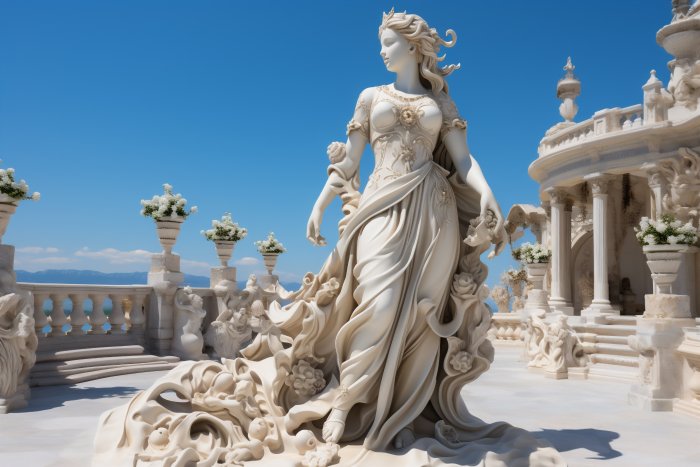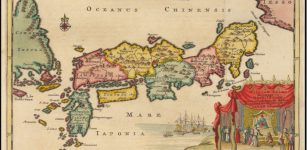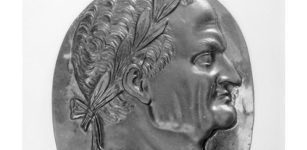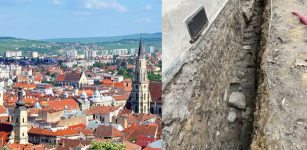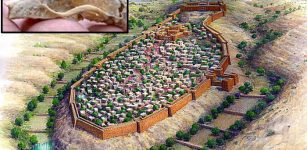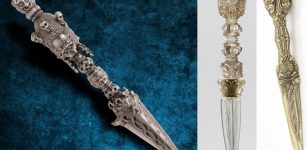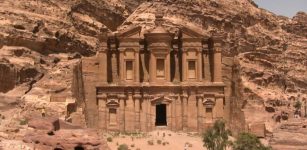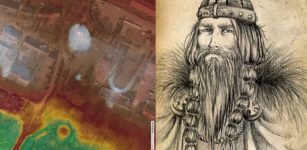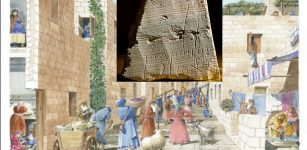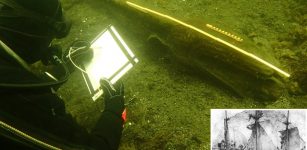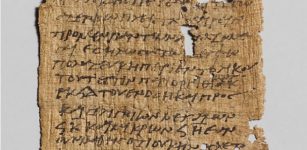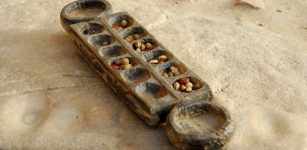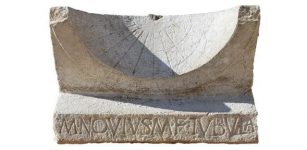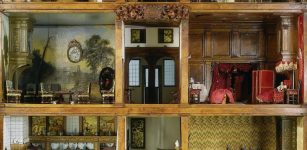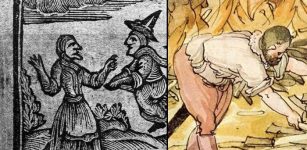Ancient Roman Altarpieces Deciphered And New Roman Goddess Uncovered In The Netherlands
Jan Bartek - AncientPages.com - As previously reported, in 2022, the Cultural Heritage Agency of the Netherlands made a remarkable archaeological discovery at Herwen-Hemeling (Zevenaar). Scientists unearthed a complete and intact ancient Roman temple, hailed as unique in the Netherlands. The nearly 2,000-year-old Roman temple complex featured a tiled roof and colorfully painted walls.
The site of the Roman sanctuary. Credit: Heiligdom Herwen-Hemeling
The excavation yielded significant artifacts, including remains of idols, reliefs, and painted plaster. A notable aspect of the discovery was the presence of several complete votive stones or altars dedicated to various gods and goddesses. Since the date of the discovery, scientists have been working diligently to study and analyze the findings.
Furthermore, a substantial portion of the excavation site has been digitally mapped at the archaeological research agency RAAP in Zutphen. Recent reports indicate that the Roman complex dates back to around 100 A.D. and was utilized by military personnel stationed in the area well into the third century. This remarkable find provides invaluable insights into the region's ancient Roman presence and cultural practices.
Recent archaeological discoveries near the site have unveiled a cluster of ancient temples dedicated to various deities. While the researchers have gained significant insights into the worship of Hercules Magusanus, a popular god among the Batavians, they have also uncovered evidence of other revered figures such as Mercury, Jupiter Serapis, and numerous goddesses. Archaeologist Eric Norde informed us that a new goddess had been identified, although her symbolic representation remains a mystery.
A new Roman goddess has been found, but her symbolic meaning is currently unknown. Credit: Adobe Stock - Elena
The excavations yielded further enigmatic findings, including horse bones drilled lengthwise and filled with liquid lead. The researchers have yet to decipher the purpose behind this peculiar treatment of the bones, leaving more questions to be answered as they continue to unravel the secrets of this archaeological site.
The 2,000-year-old texts are finally being deciphered. Credit: Beeld: ©RAAP
Deciphering ancient altarpieces is a time-consuming and demanding task. Many of the texts are fragmented, with dozens of pieces scattered on the table, and researchers must identify fragments that belong together. Additionally, whole stones with text, often written in Latin, have been found.
The stones are frequently damaged, and the relief carvings can be challenging to read. To enhance visibility, researchers sometimes examine the stones under grazing light, which helps reveal the letters more clearly.
Scientists have sought the assistance of cartoonist René Reijnen to decipher some of these ancient texts. Reijnen employs a meticulous process, first sketching the stone tablets with inscriptions using tracing paper and then elaborating on them in full size with a pen.
"I can also clarify things more when drawing. I'm not going to add anything separately, I won't. I just draw what I see," says Reijnen.
Since Reijnen cannot speak Latin, other experts must help read the text.
Credit: Beeld: ©RAAP
Marenne Zandstra, an archaeologist and curator at Museum Valkhof in Nijmegen, can decipher the ancient texts at the site. Through her analysis of these texts, she has uncovered information about the various Roman army units that visited the sanctuary.
Additionally, the texts reveal that visitors to the sanctuary came from diverse regions across the Roman Empire, indicating that it was not solely frequented by soldiers but also by women and children. Despite the significant number of artifacts uncovered, scientists concur that years of further research and analysis are still required to fully comprehend the intricacies and significance of this Roman sanctuary.
See also: More Archaeology News
The research team explained in a press release issued by Archäologisches Forschungsinstitut RAAP that the discoveries at the Herwen-Hemeling site shed light on the core practices of the Roman sanctuary, particularly the act of sacrifice to the gods. For the Romans, communicating with deities followed a structured ritual. An individual would petition a god for a specific favor and vow to make an offering in return, such as special cakes, a sacrificial animal, or even coins. Once the prayer was granted, the promised offering would be brought to the shrine, where it was either burned or left as an offering.
Wealthier individuals would commission stone monuments with inscriptions as permanent reminders of their sacrifices. These findings provide valuable insights into the religious customs and beliefs central to Roman culture.
Written by Jan Bartek - AncientPages.com Staff Writer


